🍑 Why Sustainability Isn't Sexy Anymore
Let's explore why it lost its spark and how marketing can make people care about the planet again - with 5 brand ideas. The good news: This isn’t the end of sustainability but a sign of growth.
Hi 👋 I’m Florian Schleicher. This is the FutureStrategies newsletter. Thank you so much for reading along 💚
I am a marketing strategist. And my heart beats for sustainability.
But that beating drum feels a little bit broken right now.
And I am not alone in that.
The generation with the most at stake in a sustainable future feels a real lack of agency to shape it.
My own sustainability journey started back when I worked at McDonald’s and questioned some of the approaches when it came to “doing good”.
Then I worked for Greenpeace and thought “we are fu€#ed” just being overwhelmed by seeing so many things that are going the wrong direction.
Then I started my dream job of being Head of Marketing of the food-saving app Too Good To Go. For 2.5 years I felt like actually having an impact of changing things for the better.
It also was a good time for sustainability.
2019 was the peak of the green movement.
Greta was spearheading a global movement of student protests, we all went out to huge street protests, the EU Green Deal was introduced, the wave for electric cars was changing the automotive industry and producing solar energy got cheaper than fossil fuels.
Then came Covid.
Then the war in Ukraine.
The conflicts in the Middle East.
Inflation of everyday goods.
And by the time AI amazed all of us, no one was talking about sustainability anymore.
A recent study by BBMG reveals this significant shift: The number of Gen Zs globally who feel “indifferent” about sustainability has increased from 22% to 31% since 2021, while climate “enthusiasts” have declined from 30% to 21%.
And it’s not just Gen Z that’s reportedly feeling less engaged in the planet. The number of people who say helping the environment is important to them has been declining worldwide, a downward trend that’s reflected among Gen Alphas as well.
Now it feels like the sustainability movement has entered a deep sleep phase.
Yes, some companies - especially big ones - still keep pushing their sustainability agenda. But many also stopped communicating about it, because of fear of backlash - leading to Greenhushing.
So when your heart beats for sustainability, it can feel like… no one cares anymore.
Now, I am still a marketing strategist.
I am still an optimist and thus I think there is a way out of this.
So this time I want to dive deeper on:
🦖 WHY Sustainability Communications has such a hard time right now
🧩 WHAT could help us to revive it
🍉 HOW strategic Marketing can help us getting there
🍑 Making sustainability sexy again
I aim to arrive at some newfound clarity, new perspectives and maybe even some optimism.
Ready? Let’s go.
🦖 WHY is Sustainability Communications in trouble?
There are three big issues I see here:
PROBLEM 1: Sustainability is not an intrinsic need.
Or at least not for 99% of the population.
If we look at the pyramid of human needs by Abraham Maslow, we can see what humans care about: Our physiological needs, our safety, we want to love and belong, feel respect and self-actualise ourselves.
Only if the bottom needs (e.g. we have food) are met, we can actually care about higher needs (e.g. we want to feel loved). It makes sense, because only when I have an actual roof over my head can I invite people over who make me feel respected.
99% of the human race just wants to live a good, safe, loving, progressing life.
“Sustainability” is no need that anyone apart from the lucky 1% who see the connections and have the luxury of having arrived at the very top of the pyramid, actually has.
And here is a first insight we could use to our advantage in sustainability communications: Air, Water, Food, Shelter - the bottom layer - actually depend on the climate, are threatened by any change.
But I am getting ahead of myself.
Back in 2019 in the EU we were in that lucky position: Seeing the connection of behaving more sustainable to our wellbeing. Because in a way, all our other needs were met. So we had the societal support and political will to think about changes to keep our environment in the way that it is.
And this doesn’t just matter for brands. Political parties face the same challenge. How do you inspire people to act on long-term issues when daily fears dominate? The answer lies in storytelling - not in speeches, but in symbols, emotions, and belonging.
Now here we have to talk about psychology.
The classic filter/bottleneck models of attention (e.g., Donald Broadbent’s Filter Model) illustrate that humans only process a limited amount of sensory or informational input at a time.
So, when sustainability sits alongside many other crises (pandemic, war, inflation, etc) there is simply less attentional “bandwidth” left for it.
When people are cognitively exhausted, they retreat from complex issues that require long-term thinking and systemic awareness.
Sustainability is one of those. It demands reflection, patience, interconnection, mental control - things that are hard to hold when we fear for our safety or our ability to afford daily life.
As psychologist Daniel Goleman put it,
“Overloading attention shrinks mental control. Life immersed in digital distractions creates a near constant cognitive overload. And that overload wears out self-control.”
In short: This doesn’t work when we fear for our safety or our ability to afford stuff.
PROBLEM 2: Numbers don’t vibe.
Scientists have known about the problem of fossil fuels for our environment since the 1950s. A lot has happened in that time. But also not a lot at all.
That has two reasons:
The effort and ability of fossil fuel companies to discredit the environmental movement and their own responsibility.
The inability of the sustainability bubble to get the mainstream on board.
I just want to focus on the second part here, because the first you can read a ton about everywhere.
How was the sustainability movement started? By scientists.
And they love numbers, facts, statistics.
The problem is, the mainstream population doesn’t.
People listen to stories. They connect emotionally. They want simple solutions.
So for decades sustainability communication did a great job speaking to - at a maximum - 10% of the population. Not enough for a tipping point.
If we want to convince the mainstream to change their (voting) behaviour, we need emotional stories that every layer of society can attach to. Not just the elites who went to university.
PROBLEM 3: What actually is sustainability?
In 1987 the United Nations Brundtland Commision defined sustainability as
“Meeting the needs of the present without compromising the ability of future generations to meet their own needs.”
Sounds good?
No, I don’t think so. It is way too vague.
What is the thing that the climate movement aims to achieve?
From phasing out fossil fuels, to gender equality, to abolishing capitalism, peace in our time, and so much more. And while I agree on most levels, this is just way too much room for interpretation.
Let’s briefly look at some other successful movements of the past and their central objective:
Women’s voting rights - as simple as that: Women were not allowed to vote. Let’s give them their equal votes.
Slavery - also simple: No one should be forced to work for someone else.
Going to the moon - no simple task, but as JFK noted, that’s not why “we” did it. But it was a clear goal.
Sustainability has no goal. No final state.
So companies also communicate about so many different things when it comes to sustainability. And as we have learned before - when we communicate a lot, nothing sticks, because we get overwhelmed.
Where is the big vision? What is our common - easy to understand - definition?
These visions already exist though!
We just don’t talk about them enough.
In this conversation with Nathalie Nahai, environmental activist and author Rob Hopkins describes various examples, ways of thinking and inspirations:
I could go on and on about the problems, like a black-and-white/green-blame-game, societal correctness and perfection being the enemy of progress. But maybe another time. Either way…
Sustainability fell out of our collective mindset.
And we see the same looking at CEOs:
But, now here comes an interesting thing:
While CEOs talk way less about sustainability than in the previous years, they talk differently about it - they increasingly link it to business performance.
Similarly in the 2024 IBM CEO Study, 76% of executives said sustainability is now central to their business strategy, yet fewer than half communicate about it externally.
🧩 WHAT can help us to revive sustainability?
When it comes to corporate strategy, sustainability has moved from inspiration to integration. From stage talk to spreadsheets. From feelings to filings.
That’s not bad.
But we also need to find a new way to talk about it. To find a way how marketing can communicate sustainability in a way for political players and companies alike. Because they can shape our future. (But please, still recycle your waste 💚.)
The same goes for politics. If parties want to lead the green transition, they need to reframe it too - from moral obligation to collective opportunity. Voters don’t mobilize for perfection, they mobilize for progress they can feel.
We need to reframe sustainability. From sacrifice to self-interest.
Just like business leaders are currently doing it.
It all comes back to what humans need. We need to link sustainability more to the bottom layers. Make it not just a nice-to-have for wealthy members of the society.
For businesses it is about profit.
So this next statistic is actually a great - economical - argument to become more sustainable:
25%! That’s a lot that we can already do.
The study goes on to explain one of the projects from an agricultural company:
“It had identified ROI positive levers to cut farm emissions by more than 30%, but due to farmers’ heavy workload, manual processes, limited farmer tools, and cultural resistance, only about a third of that potential had been undertaken. To address this, the company launched a clear incentive structure and a digital platform. By prioritizing initiatives and automating or prepopulating 80% of the more than 200 data points farmers needed to track, the platform enabled traceable progress. The result: reduced friction, marketable transparency, and new revenue from premium products, which the company reinvested into farms to further drive sustained impact and farmer buy-in.”
Now just make this a personal story of these farmers, compellingly told, and it is a great way to convince more. These are the stories that we need!
So here are three things that we can do to revive sustainability:
Belonging instead of blame: People act when they feel part of something, not when they feel judged.
Near-term benefits: Link sustainability to comfort, health, pride, progress - not abstract future goals.
Visible rewards: Show what improves today when we act sustainably (cleaner air, better food, safer homes).
Sustainability will come back to life when we stop treating it as a moral burden and start designing it as a better way to live in human realities.
🍉 HOW can strategic marketing save sustainability?
I always like to compare marketing to dating, so here is a metaphor:
In the beginning, it’s all about attraction. You want to be seen. You want to stand out. You want to impress. But real connection only starts when you drop the act and show up as you are. The same applies to sustainability. We’ve tried to impress the world with claims and credentials. Now it’s time to reconnect brands that do good/green with people through honesty, emotion, and shared experiences.
The same applies to politics. You don’t win trust by shouting louder - you win it by showing up with honesty and shared purpose.
If we want to wake sustainability from its deep sleep, marketing must stop shouting and start feeling again.
Here are five ways to get there:
1. Reignite emotion.
Move from facts to feelings. From CO₂ to human stories.
We don’t fall in love with data. We fall in love with meaning. Tell the story of the farmer who found pride in changing his practices, the family whose air got cleaner, the architect, who built with the forest, not above it. That’s what makes people care again.
Marketing can bring real excitement to sustainability. And stories are what do that best in marketing. Like this example from Fairphone, manufacturer of the most sustainable smartphone, that is more about feelings than sustainability - which as mentioned is a good thing in marketing:
“Keep it personal and close to character. Your story doesn’t have to be about saving the planet - it can be about saving a family. Or yourself.”
Solitaire Townsend in Forbes “Change The Story, Save The World”
2. Rebuild trust.
Radical transparency beats perfection. We need less polish, more proof.
Show your progress, your struggles, your learning curve. A business whose model isn’t yet fully sustainable but takes visible steps in the right direction is more credible than one claiming to be flawless. Imperfection builds trust.
Tony’s Chocolonely is a great example for this. I also interviewed their Brand Marketing Lead Eske Tammen in my podcast some weeks ago titled “Chocolate with a Mission”. Similarly Oatly makes their marketing about radical honesty with humour.
3. Redesign aspiration.
Make sustainability desirable, exciting, modern, sexy - not virtuous.
The left side of the political spectrum - and the green bubble (sorry - that’s me too) need to understand that correctness won’t save the planet. Progress will.
Sustainability must move from “doing the right thing” to “living the better life.” Show how it improves comfort, design, taste, and pride. Make it the new premium, not the moral minimum.
Like Refurbed is doing it, transforming repair culture into a social movement by celebrating reborn tech as a lifestyle.
Are you looking for some inspiration or clarity on how to communicate and integrate sustainability into your marketing strategy?
I can help you with that!
I currently work with companies and policy makers from 11 countries on building clearer and greener marketing strategies.
💌 Just send me a message and let’s think about a green way forward 💌
4. Celebrate progress, not perfection.
Don’t scream greenwashing at every attempt. Don’t let whataboutism block change.
Progress is progress. Reward the brands and creators who experiment, fail forward, and try again. The next generation doesn’t need flawless heroes, they need relatable role models.
Like the high fashion brand Reformation. They are not perfect, but in their marketing they communicate a lot about their impact and also show where they still have work to do:
5. Make it about real experiences.
When anxiety gets in the way of individual action, community creates momentum.
My first marketing trend report Return to Real revealed a clear pattern: people, especially younger generations, are drawn to brands that feels social, tangible, and shared.
Gen Z is far more likely than older generations to embrace collective consumption models. This isn’t just about reducing waste - it’s about building new relationships between people, products, and the planet. When sustainability becomes social, anxiety turns into shared purpose.
Look at Notpla, whose seaweed-based packaging isn’t only replacing plastic but showing up at large-scale cultural events, turning packaging into a conversation starter. Or at Patagonia with their Worn Wear tour:
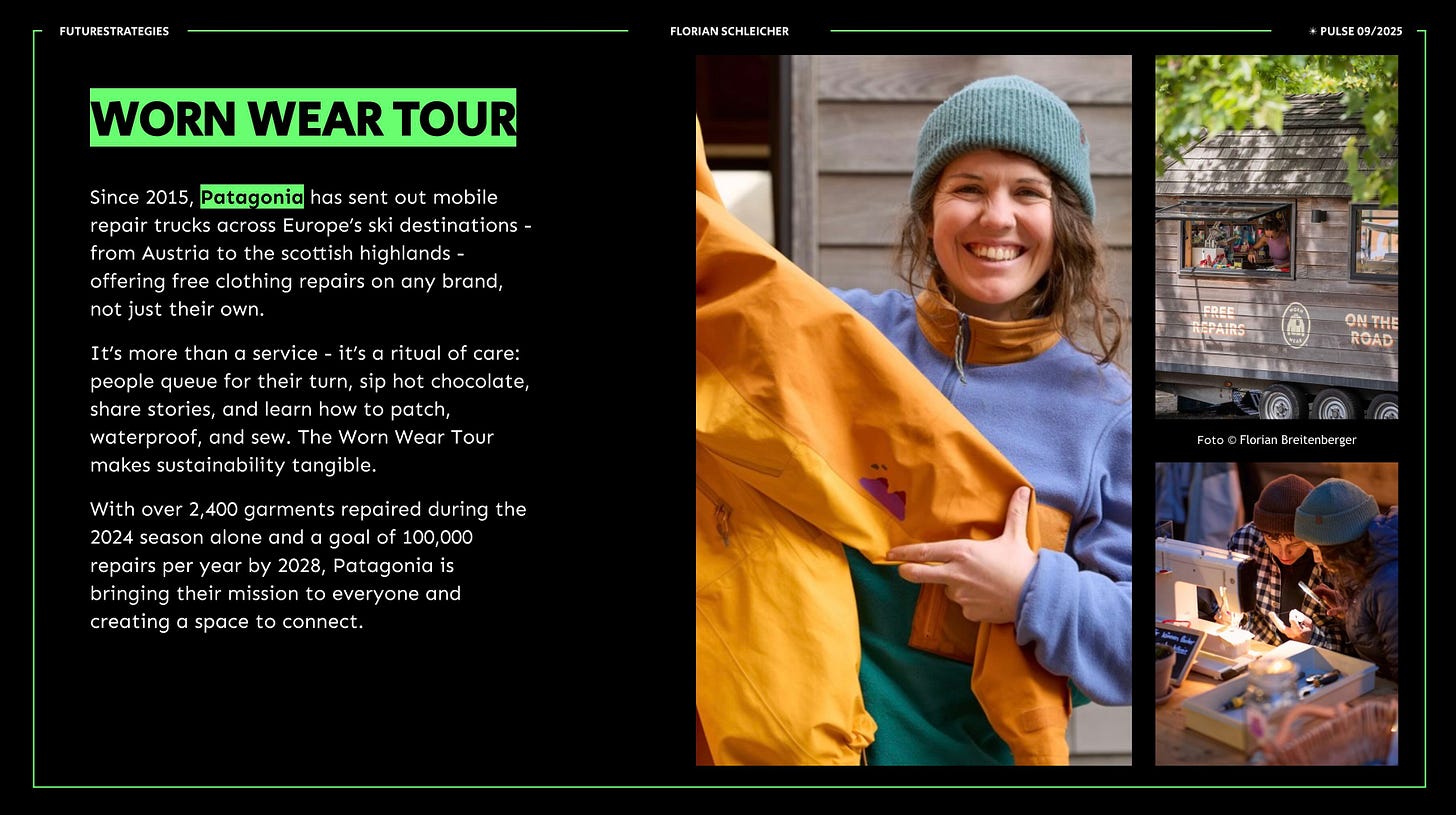
Real change doesn’t happen online, it happens in real life. By creating connection loops - that is, places where people can act, meet, and belong - they turn eco-anxiety into collective creativity.
Marketing can revive sustainability by creating real-life communities that make climate action tangible - repair clubs, neighbourhood markets, brand-hosted meet-ups. When people meet, share, and act together, sustainability becomes culture, not content.
Whether you work in marketing or politics, the challenge is the same: turn sustainability from ideology into emotion, from correctness into connection.
🍑 Making sustainability sexy again
When more and more people feel disconnected from current sustainability messaging, we need new narratives that reconnect and reengage.
“The stories we tell about ourselves and the world become the lenses through which we see reality,” notes the philosopher Charles Eisenstein.
So yes, marketing can make sustainability sexy again.
But we need to go back to the basics of human behaviour to reach the mainstream.
Sustainability needs a rebrand. With a clear definition.
We need imperfections.
We need emotions.
We need progress.
We need a vision.
We need stories.
And maybe we already have these stories.
I am still a marketing strategist.
I am still an optimist.
My heart still beats for sustainability.
And while writing, researching and compiling this post my heart feels more optimistic.
I hope you feel that way too.
Thanks for reading,



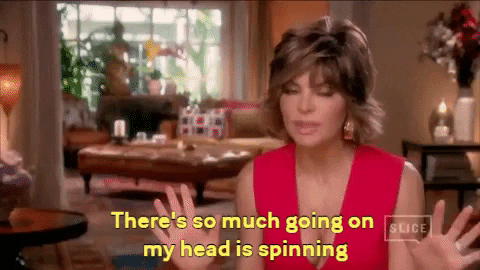
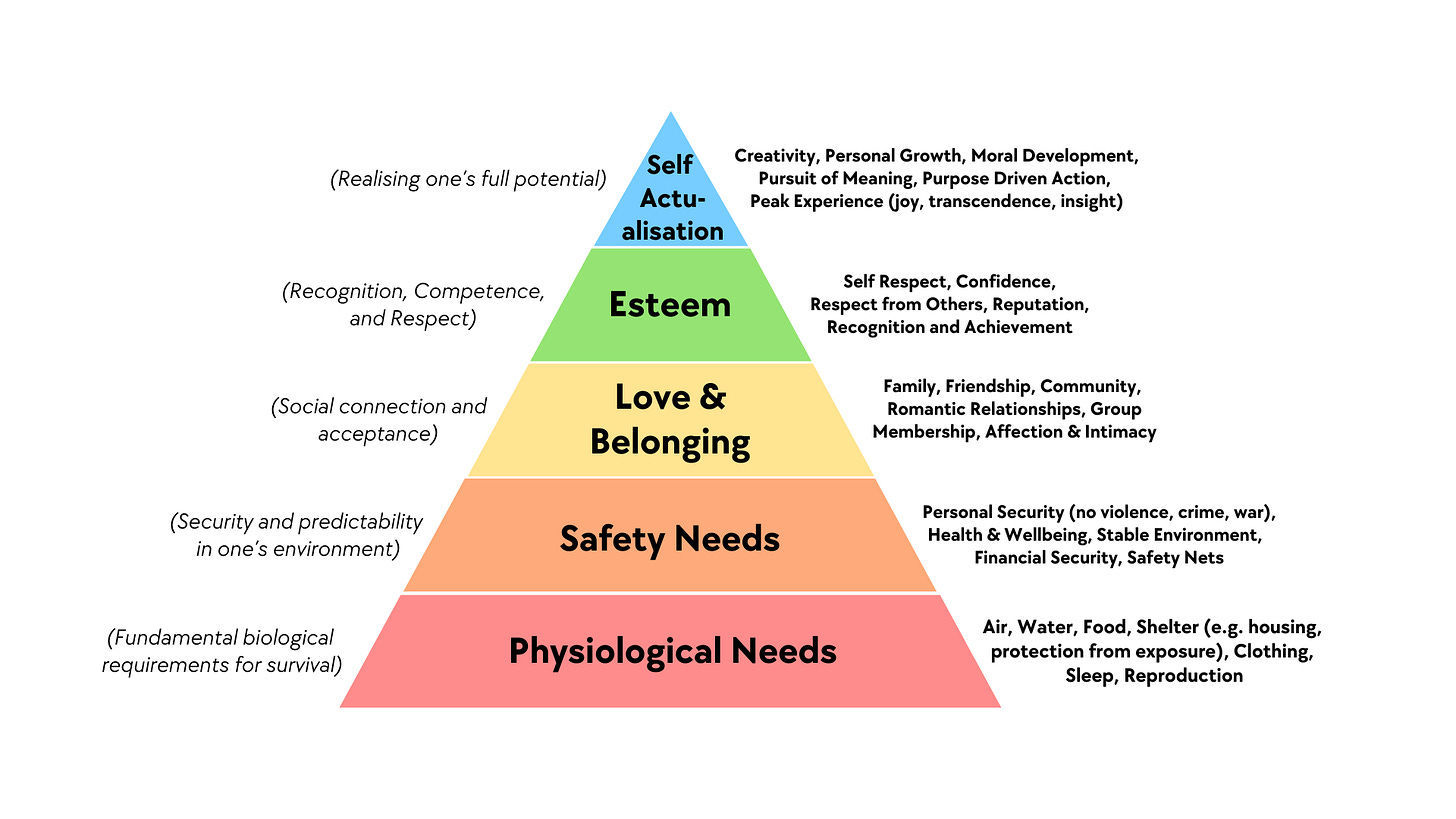

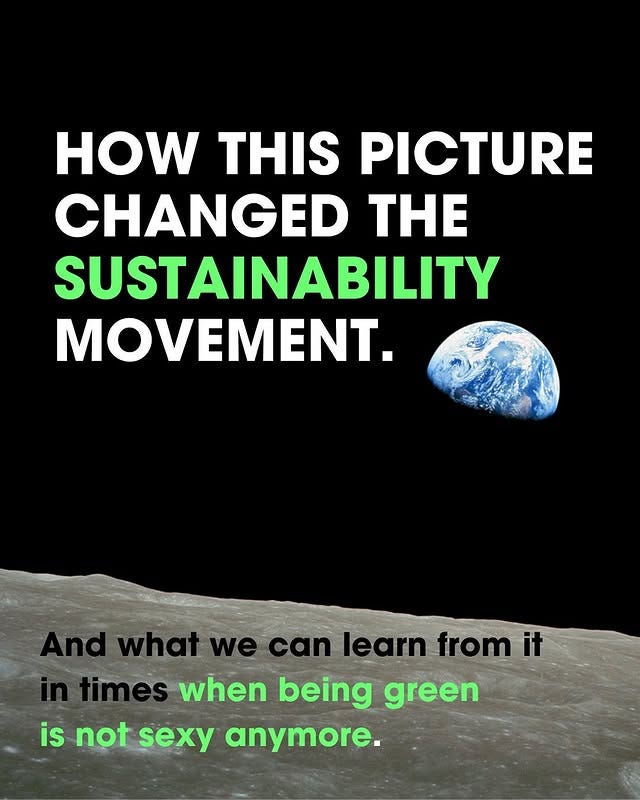


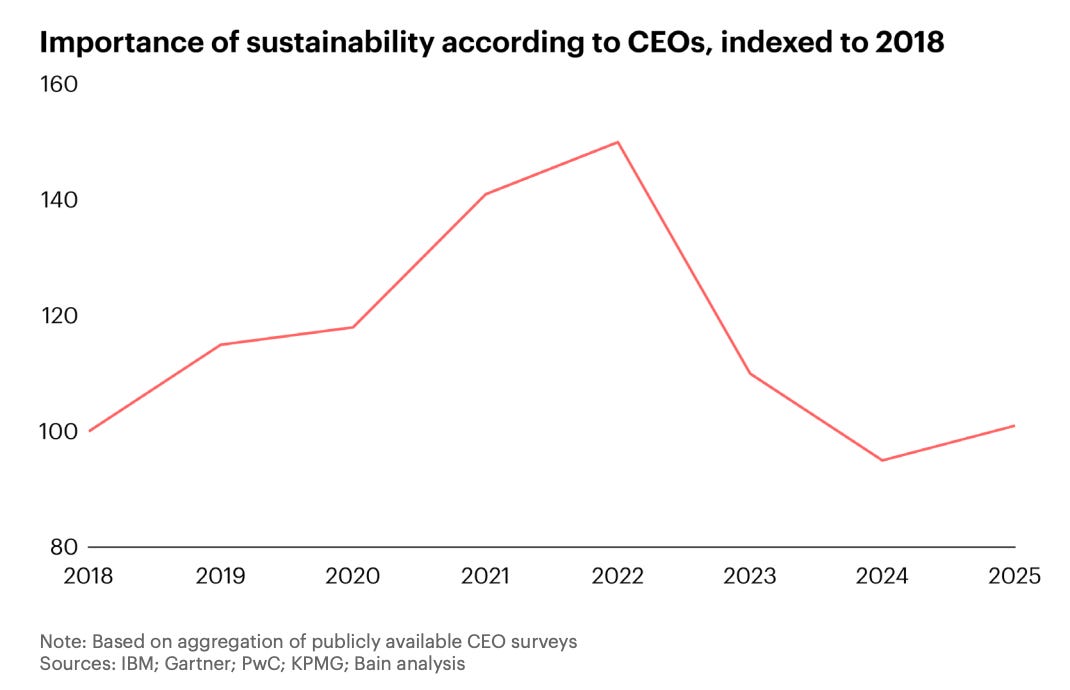

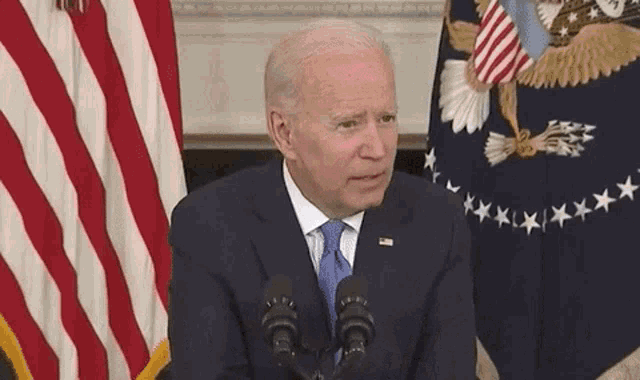
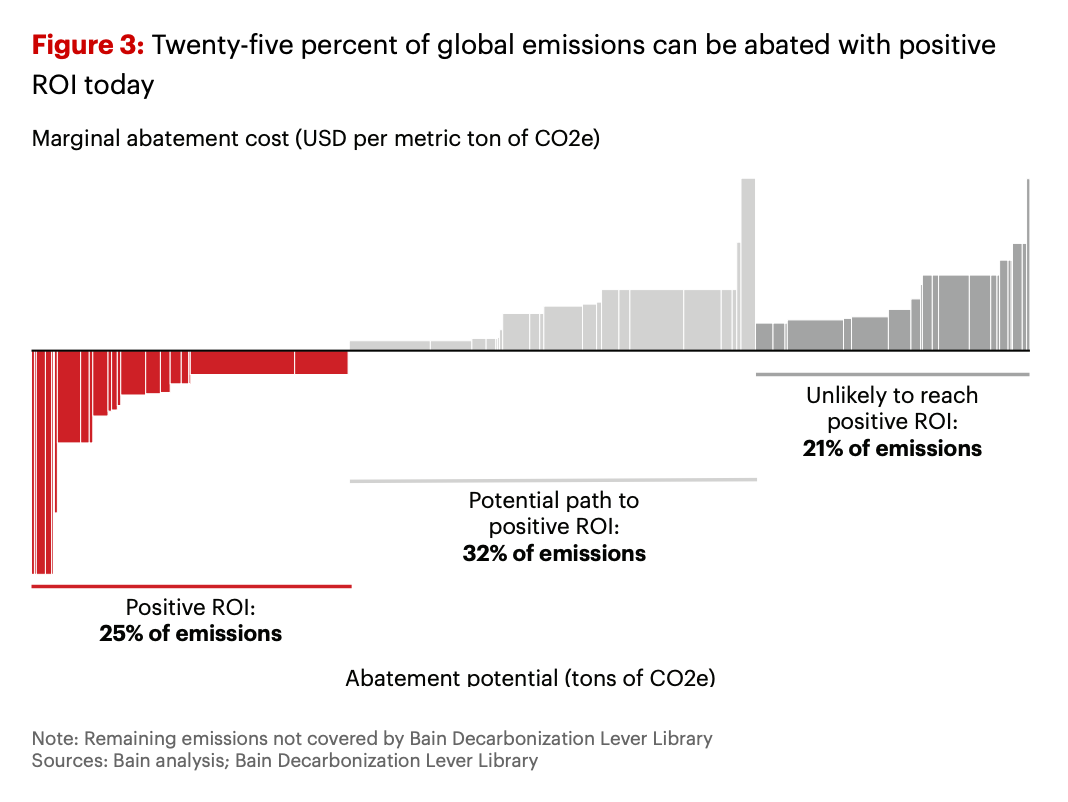

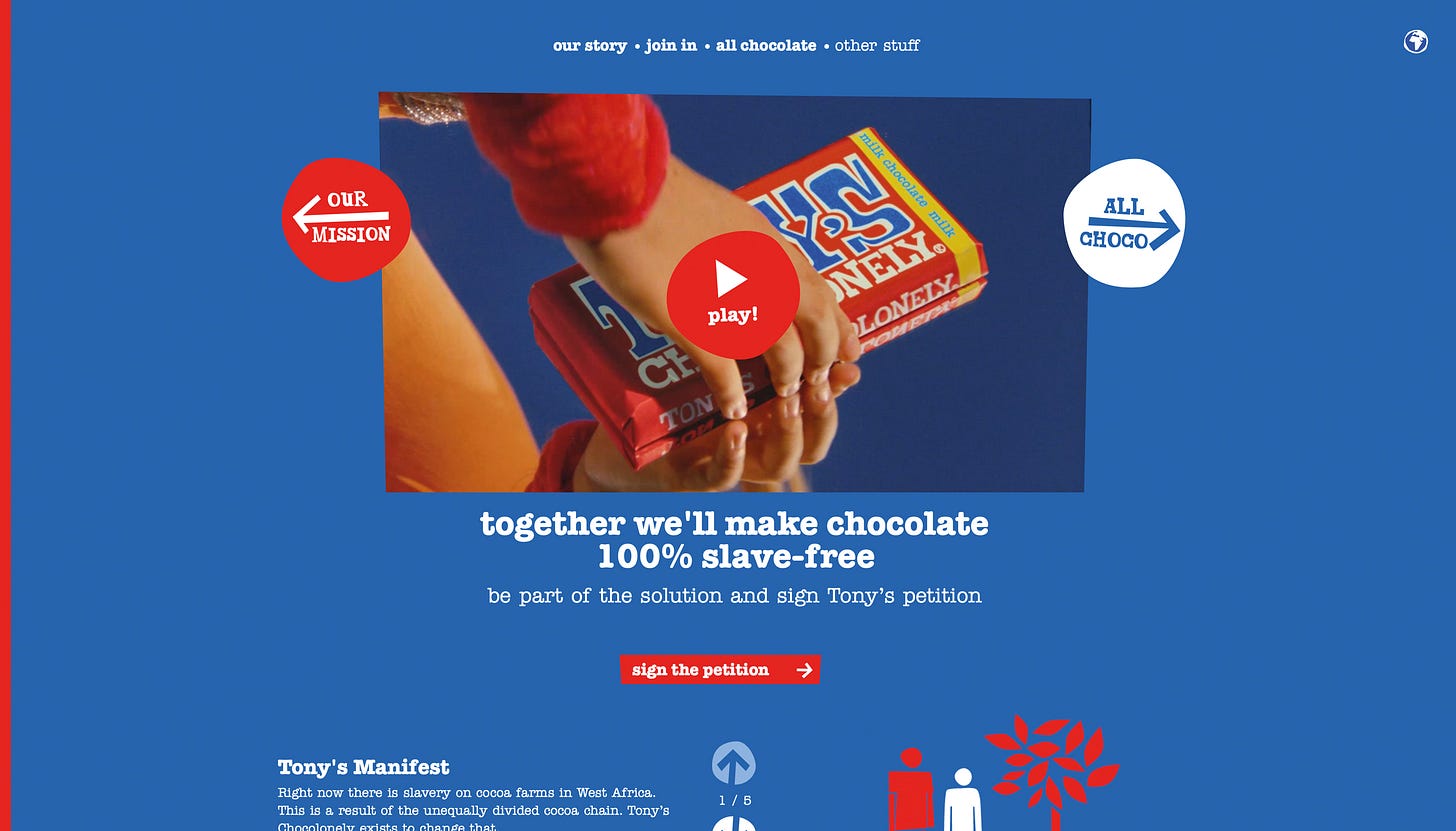

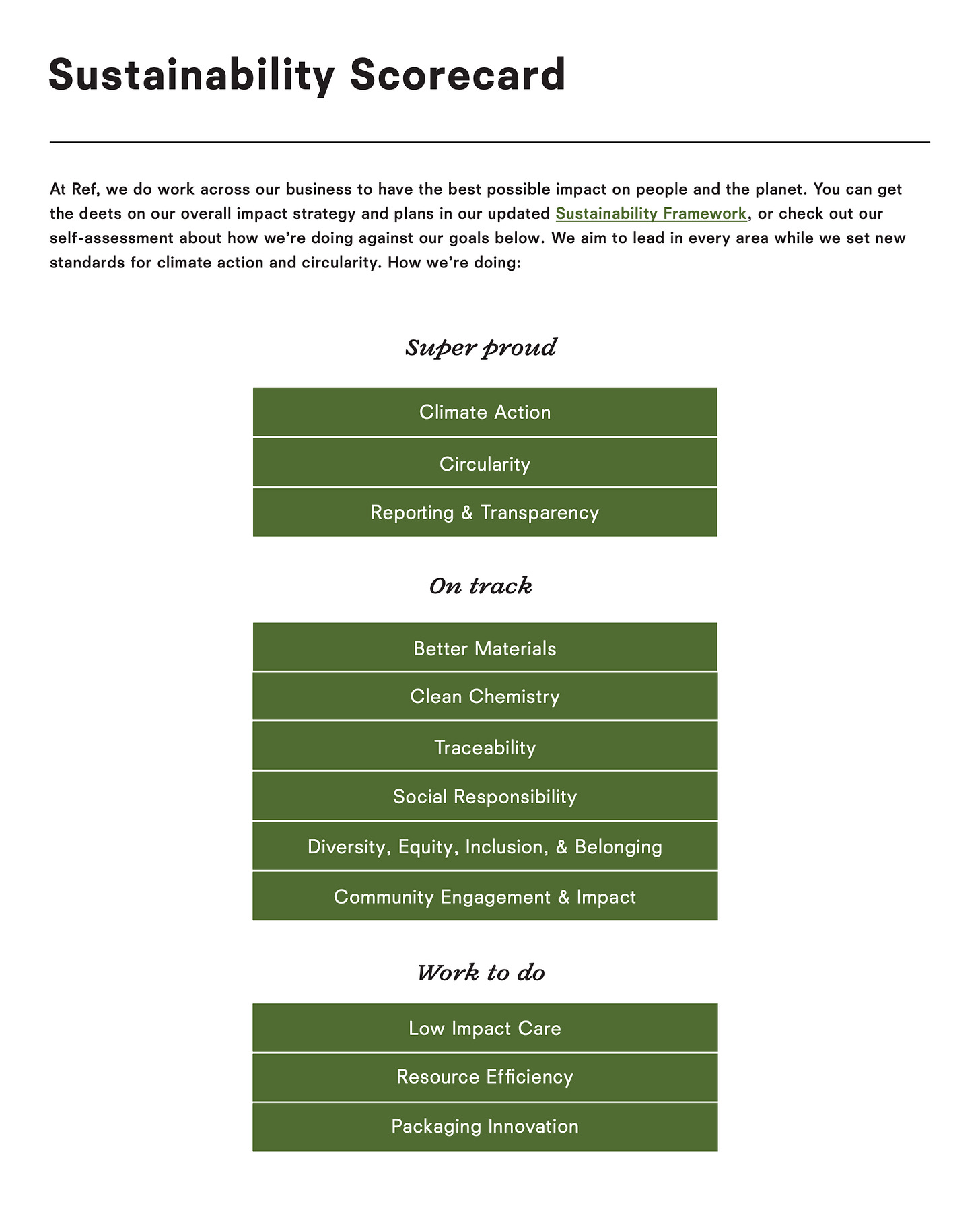

I really enjoyed this reading! thank you very much for sush insightful thoughts! Att. A marketer commited to make sustainability sexy again :)